Remote, Real-Time, Real Fast—these are three ways 5G creates opportunities and disrupt today’s healthcare industry, enabling convenience, accuracy, and responsiveness for patients.
In our latest be in conversation episode, find out from Dr. Yong Chern Chet, COO of Good Doctor Technology on how telcos can enable trust within the healthcare space, and why Bridge Alliance, being an interconnected party can help with its expansion plans.
Geok Chwee: Good Doctor Technology is a joint venture between Grab and one of the largest healthtech company in China, called Ping An Doctor. Maybe you can share with our audience a bit more about the company and your aspirations?
Dr Yong: So the idea was born so we can provide access to healthcare. The fact that Grab is one of the largest online-offline platform in the region. Then you have our other JV partner which is Ping An Good Doctor. They are the biggest health digital platform in China. So when you think about it, marry technology and know-how of industry with great access into the region. That is basically the combination and strategy behind Good Doctor Technology which is the startup I’m with right now.
Geok Chwee: So if you look at what your company is aspiring to bring to the industry, it’s a bit about disrupting the norm. Because that’s not how we view healthcare or wellness services. What is your view on the role of technology in what we’re doing?
Dr Yong: We’re all very familiar with healthcare being delivered through our traditional healthcare infrastructure, namely the clinics, hospitals and the physical facilities. Where we’ve identified a pain point in the region is that access to doctors is still a problem. Doctors are usually located in core urban areas and they’re not distributed throughout the country. So Singapore is a different story. Singapore is very compact and accessible but the moment you go out into the other SEA nations, access is a problem. We’re using digital, and connectivity and technologies such as AI and offline-online model to tackle the problem of access. In the world of healthcare, we have this thing called the Iron Triangle. What it says is access, cost and quality cannot be delivered simultaneously. Because of this, we feel that by bringing the operations and services from the physical world on the digital world, we’re able to address all three points simultaneously.
Geok Chwee: So this triangle, you call it the Healthcare Iron Triangle, and I sort of can relate to it because in telco industry, it’s very similar about access, connectivity, right? So how do you see telcos playing a part in what Good Doctor is trying to enable—this transformation of the healthcare industry?
Dr Yong: I’ll use this keyword “trust” for us to understand the concept. So I think number one, a key area where we require trust is basically in what we call identification and authentication. If you can recall, everytime you see a doctor, a lot of the processes start by determining who you actually are, and whether or not you are the right party that we’re dealing with because you can imagine, all the medical safety procedures are linked to that.
Secondly, as we bring all our data and our processes from offline to online, we need to be able to protect the privacy and the security. So we’re talking about cybersecurity and basically, data privacy, which is increasingly becoming very important in healthcare because of the whole digitization process.
Lastly, we’re talking about capability and reliability so it’s more of a capacity and supply conversation. You can imagine that you know when you build a hospital, your systems have to be reliable. They have to not fail because they are running a lot of critical processes on this infrastructure. Now imagine we are trying to bring healthcare out of the hospital into the home or onto an online platform. So with that said, the infrastructure that we run our processes and our services on, have to be equally reliable and capable. And of course, lastly, as a digital startup, it’s about scalability. That’s where it connects back to where the telcos are providing in that area of service here.
Geok Chwee: As we move into the 5G era, so as a person in the telco industry for so many years, we are very excited about the possibilities that 5G can open up. Do you see that as giving you new opportunities and possibilities, also in the healthcare area?
Dr Yong: So if you think about the fact that we’re trying to create or deliver health services and offerings from within a physical environment to let’s say from outside. We are actually trying to begin your health journey before you go into hospital, and in fact, you end your journey outside because you’re maintaining chronic disease or you are trying to monitor a certain recovery. We are delivering healthcare from anywhere, whichever is convenient for the patient.
In that case, I’d like to use a quick analogy—We are keen about anything we can do remotely. Distance will no longer be a barrier to our service. Number 2, it’s about real-time because if you think about it, when it comes to health, you cannot have a situation where let’s say, there’s a change in the status of the patient, and it’s not picked up or not sensed until much later on. So real-timeness for us is a great asset for how we deliver healthcare. Lastly, from what I hear about 5G, it’s really fast. Speed is also essentially because you want to be responsive and you want to be able to detect changes in status.
So, remote, real time and really fast. That’s how I like to look at how 5G is enabling for us in the healthcare space.
Geok Chwee: So if you look at these 3Rs, that healthcare is really looking forward to, telcos actually have a key role to play to really deliver on them. Because telcos are very much focused on specific markets, and Bridge Alliance is where we bring the telco community together to work together and to deliver cross-border services. Today when you deliver you services from Good Doctor Technology. Where do you think Bridge Alliance with our community can enable your vision. Moving forward into the 5G era, we can do better by being a good partner of Good Doctor Technology?
Dr. Yong: If you compare to what the traditional approach is, normally for us to render health services, we always need to ensure we’re running on infrastructure such as clinics or hospitals. But the fact that if we want to digitize the health delivery system, we need other forms of infrastructure to actually run our services on.
So I see telcos as being literally the digital infrastructure that is outside of the health system. So that way, we can go on a reliable support system or a trusted partner in order for us to build our services. As a regional start up, we actually have ambitions to expand from where we’re currently operating from Indonesia to Thailand and subsequently, maybe country number 3, number 4 and so on right? So as we go into the region, working with the local telcos in each of the geographies will be a great asset.
Bridge Alliance being the interconnected party, will be a great partner to work with because then we can standardize our approach. And these will actually deliver better outcomes for our users or patients at the end of the day.



